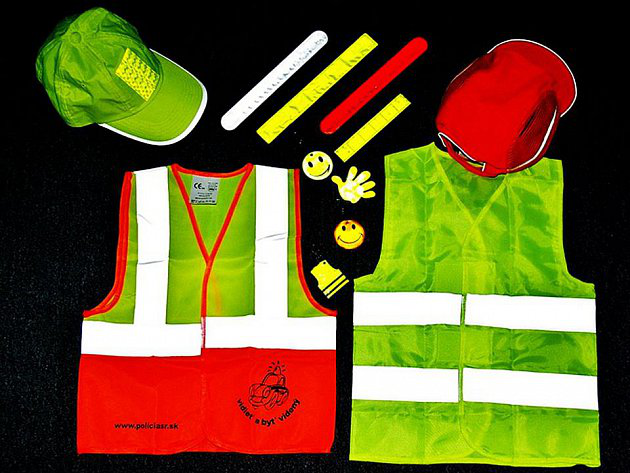Legislation introduced by a pair of northern Ohio representatives would require horse-drawn buggies usually associated with the Amish to be equipped with flashing light on the back.
House Bill 501, introduced by Republican State Representatives Scott Wiggam of Wooster and Darrell Kick of Loudonville, would also require animal-drawn vehicles to use new reflective tape to ensure higher visibility.
Both items are part of a broader, revised road safety measure now before lawmakers in Columbus.
Data from the Ohio State Highway Patrol showed that there were more than 870 crashes involving an automobile and an animal-drawn vehicle or an animal with a rider since 2014, and that, on average, there are 120 crashes involving animal-drawn vehicles annually.
The Ohio Revised Code mandates that a combination of still lights be used at dusk, dawn or night on the front and back of their vehicles, with the option of using reflective tape or the triangular Slow Moving Vehicle (SMV) emblem on the rear.
Under the new bill, animal-drawn vehicles would be required by law to display a new type of reflective tape that provides higher visibility, as well as flashing yellow light on the highest rear of the buggy, pony cart, or other types of vehicle.
Pennsylvania, Indiana, and Wisconsin – states with significant Amish populations – have already passed legislation requiring flashing lights on horse-drawn buggies.
According to the Young Center for Anabaptist and Pietist Studies, Ohio has the second-largest Amish population in the nation, estimated at around 72,200.
ODOT said that counts having significant Amish communities include Holmes, Wayne, Geauga, Ashland, Medina, and Tuscarawas counties, although the Amish presence in recent years has migrated southward into Highland, Ross, Adams, and Brown counties.
In a recent highway safety study, ODOT and the state patrol identified three major causes of crashes between motor vehicles and Amish horse-drawn buggies:
Underestimating speed differential, where the driver of a car, truck or SUV realizes they are traveling faster than the buggy or pony cart they are approaching.
Visibility. Most Amish buggies are covered in black vinyl, making them virtually impossible to see at night without pre-cautionary safety lighting and reflective tape. Since the study revealed that most crashes involving buggies were rear-ended collisions, HB 501 suggested that flashing yellow light was mounted at the highest possible position at the rear of the buggy.
Unexpected vehicle actions, which may occur by a motor vehicle or horse-drawn buggy, or both.
“Many of Ohio’s districts, including our own, are home to rural communities that travel by animal-drawn buggies,” Wiggam said. “As a result, these individuals are not as visible as traditional vehicles and this poses a risk to both parties. This bill aims to increase the safety of citizens who travel by both traditional cars and animal-drawn buggies. This is good legislation that will save both Amish lives and English tears.”
HB 501 co-sponsor Kick agreed with Wiggam, saying that the issue of horse-drawn vehicle safety has been examined for many years with an open dialogue with leaders in the Amish community.
“After consulting with the Amish, English and law enforcement communities, we have decided it is time to update our laws,” Kick said. “With new technology, we can implement changes that are less intrusive to religious freedoms while promoting safety across the board for all Ohioans.”

